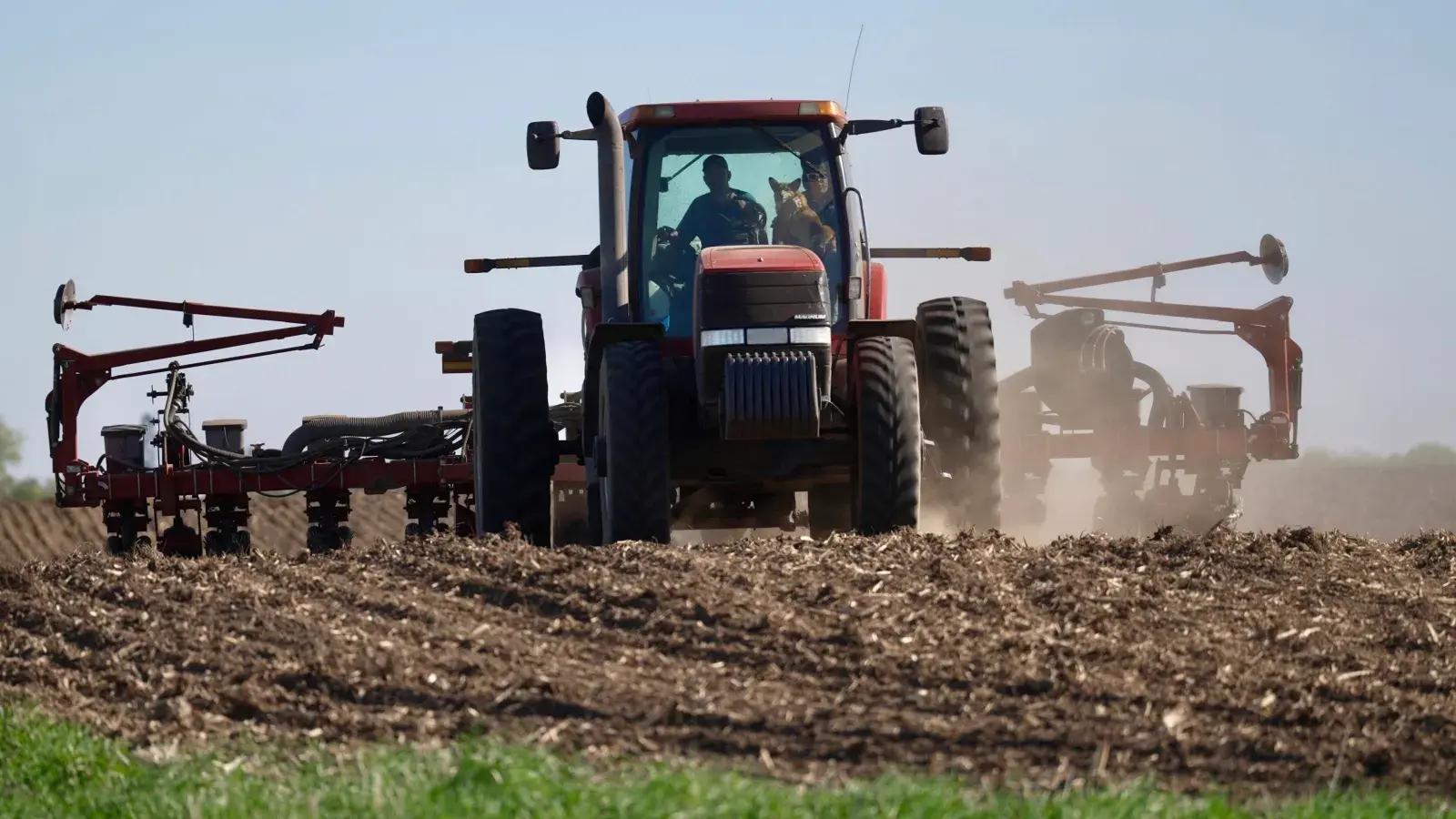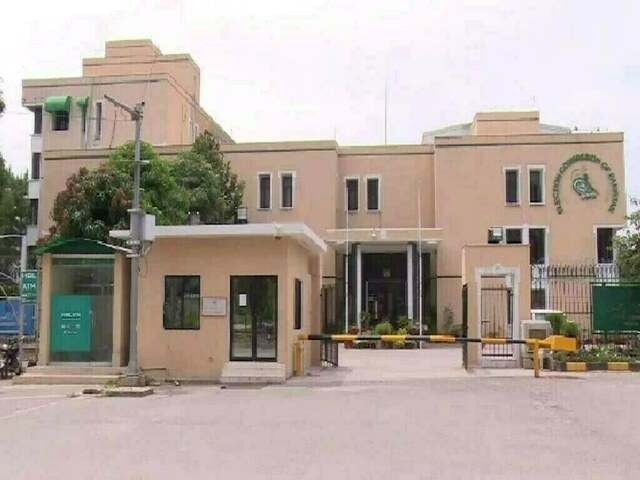By Hugh Cameron
Copyright newsweek

Embattled farmers in the United States face further uncertainty as a result of the ongoing government shutdown, with the U.S. Department of Agriculture (USDA) furloughing employees and suspending several key operations until funding is secured.
According to a “funding lapse contingency plan” the USDA released before the shutdown began, certain essential programs relating to food safety, wildfire prevention and biosecurity will continue. However, the department said payments to farmers would cease and federal farm loans would be delayed.
“The shutdown means no federal programs at USDA—federal crop insurance, loans, program payments, nothing,” said John Boyd, a farmer and the founder of the National Black Farmers Association (NBFA).
“The shutdown will add to the chaos that farmers are already experiencing,” he told Newsweek.
Newsweek has contacted the USDA for comment via email .
Why It Matters
While the effects depend on how protracted the shutdown is, even short interruptions to funding and other USDA services are likely to worsen the challenges confronting American farmers in 2025. A prolonged decline in commodity prices this year, coupled with the rising cost of essential inputs, has helped to drive farm debts and bankruptcies well above 2024 levels.
Experts and industry representatives say these challenges have been exacerbated by the policies of the current administration. Immigration enforcement actions have raised concerns about a potential labor shortfall, tariffs have further driven up operational costs, and retaliatory measures by China have blocked access to a critical export market. Expanded subsidies included in the Republican tax bill, signed into law by President Donald Trump in July, have yet to take effect, and pressure is growing on the administration to secure a swift agreement with China that will provide a lifeline for the U.S.’s row croppers.
What To Know
The shutdown took effect at midnight on Wednesday after the Senate failed to agree on a plan to fund the federal government. According to the USDA, there will be delays in the processing of disaster assistance payments, which go toward farmers who incurred losses as a result of weather events.
The USDA’s contingency plan estimates that 42,256 employees will be furloughed as a result of the shutdown, and some have warned that this could create challenges beyond payment delays.
A number of USDA webpages are down, and a notice on the homepage says: “Due to the Radical Left Democrat shutdown, this government website will not be updated during the funding lapse. President Trump has made it clear he wants to keep the government open and support those who feed, fuel, and clothe the American people.”
The NBFA’s founder called the notice “deplorable” to both Republican and Democratic farmers.
“Just think of what other countries are saying about America’s farmers going out of business by the day,” Boyd said, describing the current situation as “the worst farm crisis of my life.”
Soybeans being planted near Waverly, Minnesota, on May 8. (AP Photo/Mark Vancleave)
Andrew Larson, the director of government relations and strategy for the Illinois Soybean Association, told Brownfield Ag News: “Not having your local [Farm Service Agency] office, or local [Natural Resources Conservation Service] folks, be able to go into work and do their jobs and help farmers and provide that assistance is a real challenge, because that work gets backlogged and there’s less service available for farmers.”
Larson added that the shutdown would delay critical data from the USDA and ongoing trade negotiations.
Soybean farmers in particular have urged the U.S. to prioritize securing a trade agreement with China that will restore access to the Chinese market, which halted purchases earlier this year in response to Trump’s tariffs and has placed no orders for the upcoming peak season. Trump acknowledged this issues last week and said on Wednesday that he would use a “small portion” of the revenues accrued from tariffs to help soybean farmers. However, the administration has not disclosed a formal plan.
What People Are Saying
Andrew Larson of the Illinois Soybean Association told Brownfield Ag News: “You have everybody right now, with the financial situation in agriculture, taking an even closer look at what next year is going to look like. … You want to make sure that you have all of the tools and information and that you’re ready to take advantage of what makes sense for your operation. So, it’s another layer and challenge that we’re facing in agriculture. 2025 has been a really hard year.”
John Boyd, the founder of the National Black Farmers Association, told Newsweek: “Farmers are blowing up our phones. They are asking: How can they receive program payments? Does the NBFA have resources … to help them get through harvest? How will they pay annual farm loan payments? Will interest be adjusted? October and Nov…



